Entering into US session, risk aversions remains the main theme of the day, and it’s intensifying. At the time of writing, major European indices are down more than -2%. Also, German 10 year bund yields hit as low as 0.244, lowest since the one day spike low of 0.186 in June. If only daily close is considered, 10 year bund yield is at lowest since April 2017.
Some attributed stocks selloff to arrest of Chinese tech giant Huawei’s CFO in Canada, on request by the US. There are worries that such act could jeopardize US-China trade truce. But we’d like to point out that the lift from the trade truce at the early part of the week was rather limited. And because stocks still dropped sharply on Tuesday with dovish turn in Fed Chair Jerome Powell and trade war ceasefire, there must be some deeper lying problem, like worry on slowdown. Such problems are reflected in massive flows from stocks to bonds, as seen globally, even in Japan. We’re holding to to this view for now.
Anyway, in the currency markets, Australian Dollar, New Zealand Dollar and Canadian Dollar are the weakest ones without surprise. CAD is under renewed pressure as oil price dives on dim hope of any breakthrough in OPEC on production. Yen is clearly the stronger one. But Dollar, Euro, Sterling and Swiss Franc are in ties. In particular, Sterling is rather resilient as traders just don’t know what do to with it. We’re as confused as the British, their MPs and even Theresa May. Will there be a Brexit deal after parliamentary vote next Tuesday? Or no-deal? Or no Brexit at all? Or the vote would be postponed?
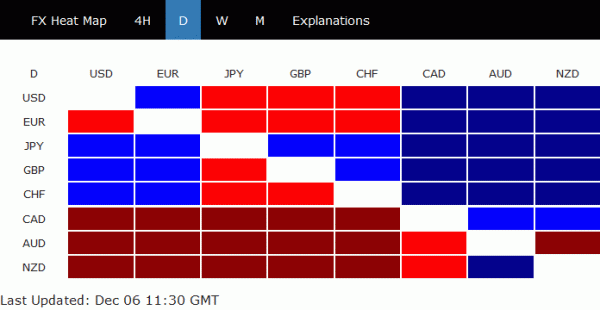
In European markets, at the time of writing:
- FTSE is down -2.36%
- DAX is down -2.30%
- CAC is down -2.14%
- German 10 year yield is down -0.027 at 0.250
- Italian 10 year yield is up 0.065 at 3.126. German-Italian spread remains below 300. It’s not their problem this time.
Earlier in Asia:
- Nikkei dropped -1.91% to 21501.62
- Hong Kong HSI dropped -2.47% to 26156.38
- China Shanghai SSE dropped -1.68% to 2605.18
- Singapore Strait Times dropped -1.28% to 3115.52
- Japan 10 year JGB yield dropped -0.0197 to 0.05, lowest close since July.
Bearishness in Nikkei has built up rather quickly in a matter of days. It now looks like the consolidation from 20971.73 has completed with three waves up to 22698.78. And, fall from 24448.07 is ready to resume any time to 20347.49 key support.
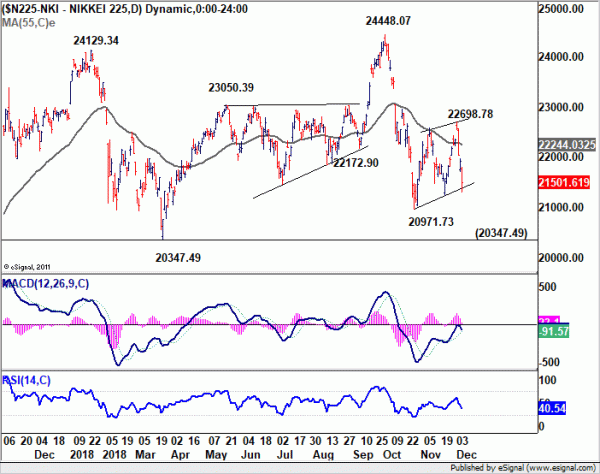
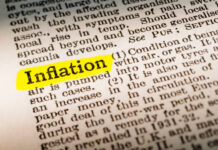

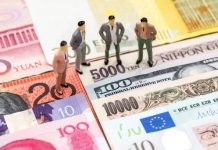

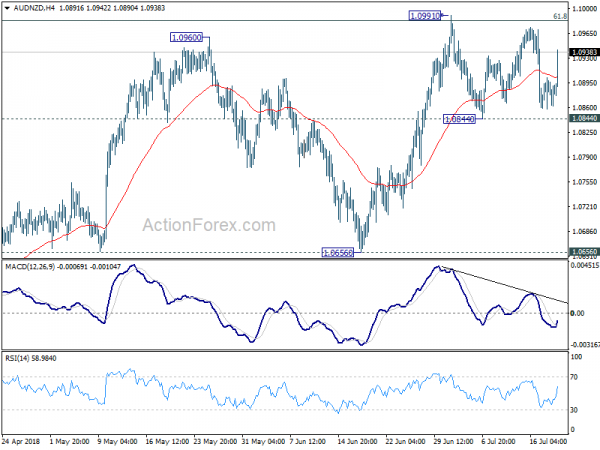
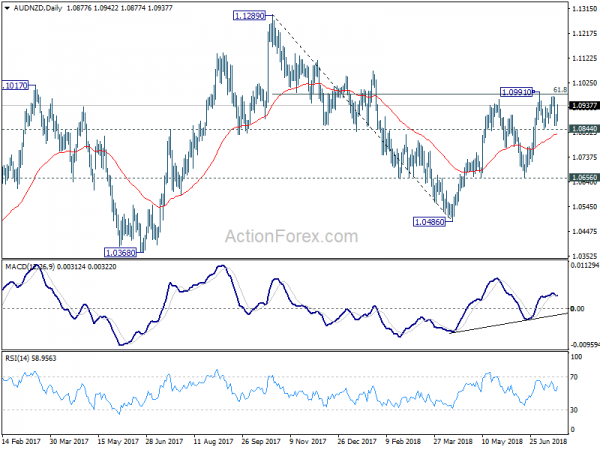
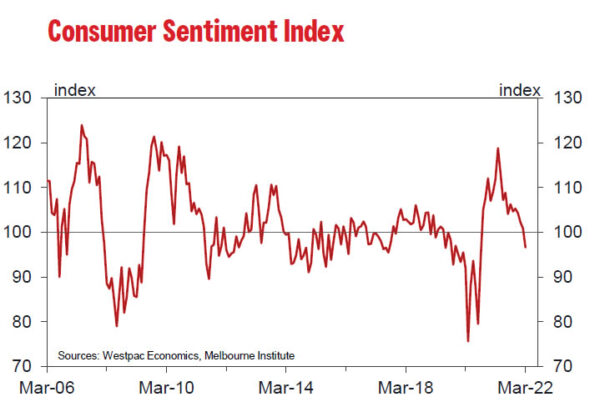
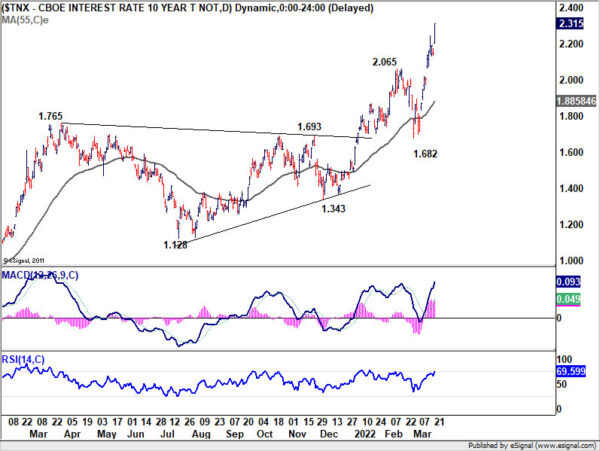
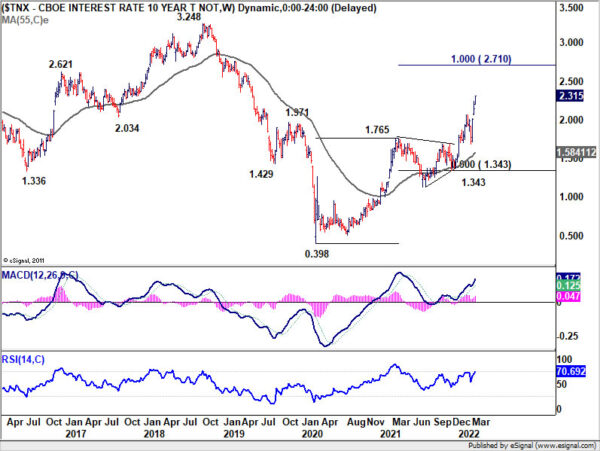
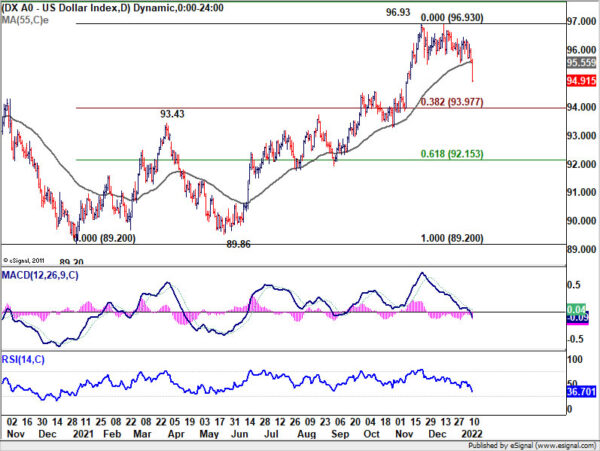
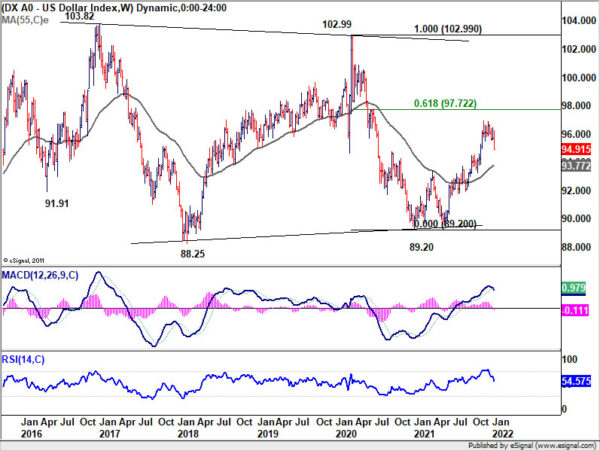
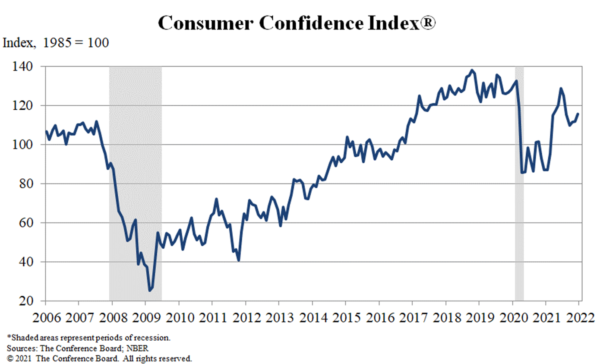
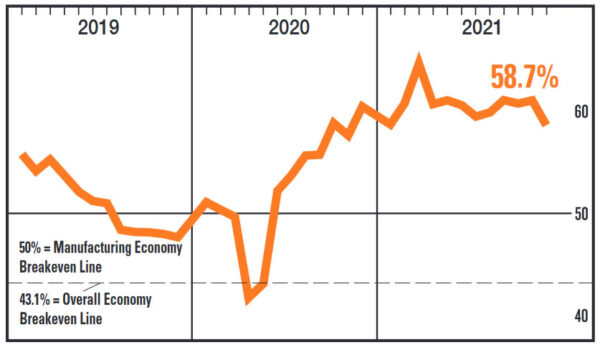
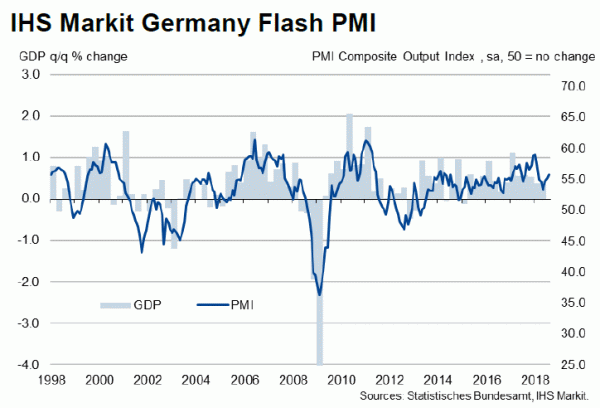


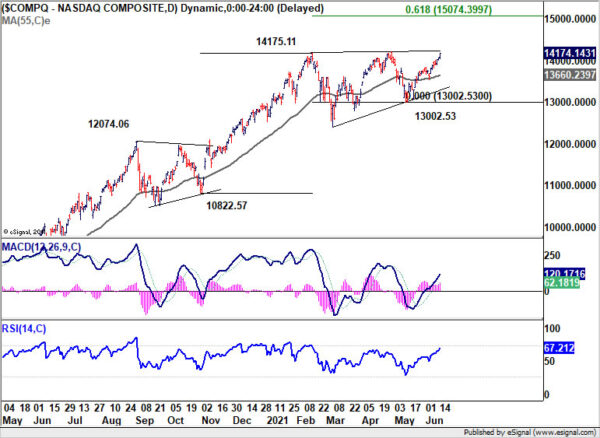
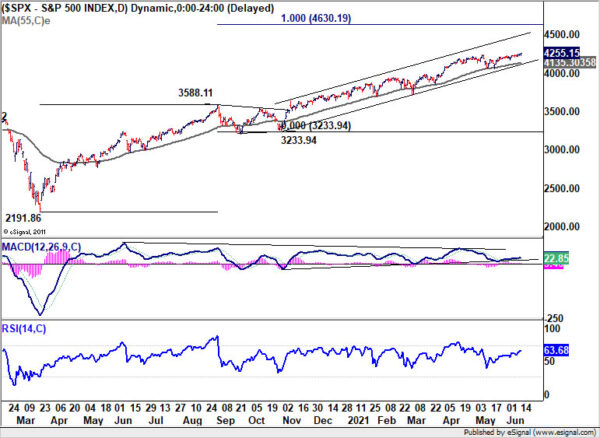
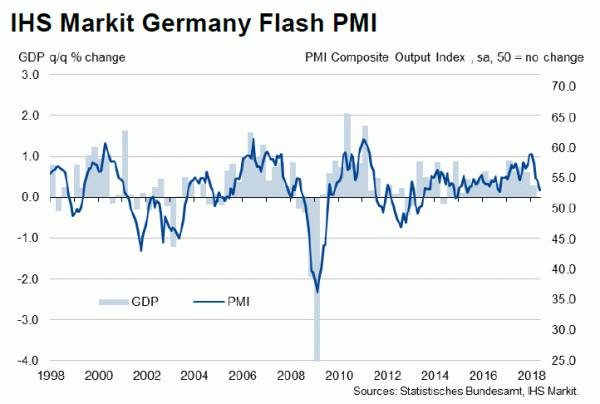
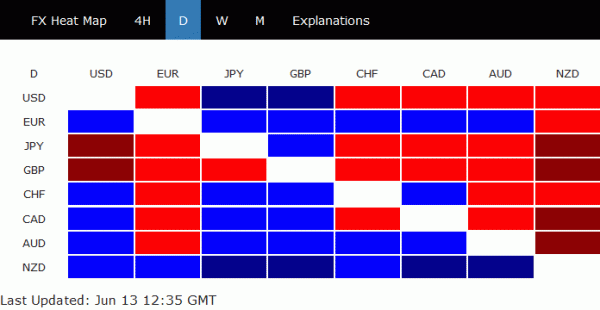
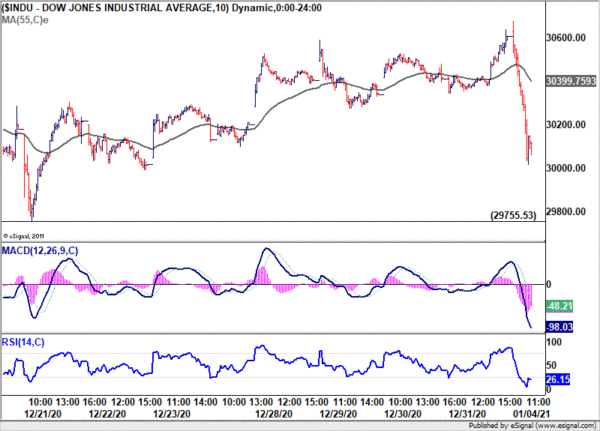
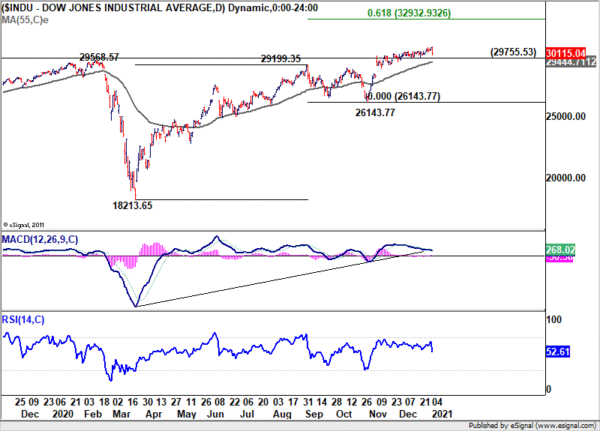
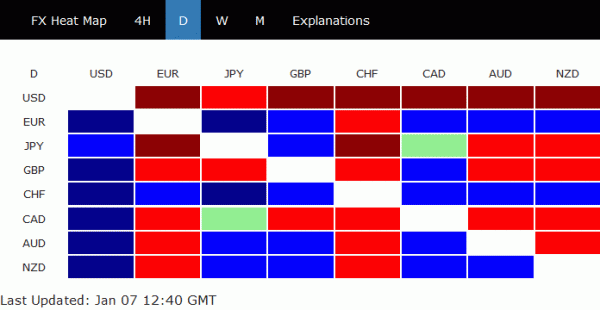
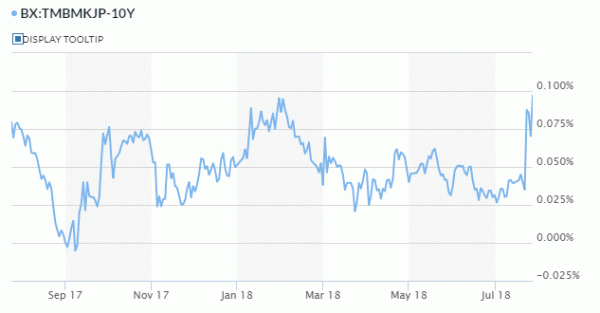
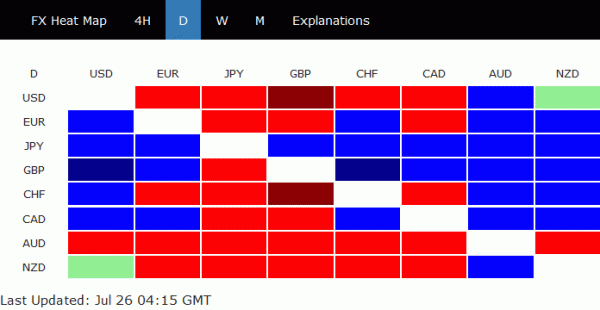
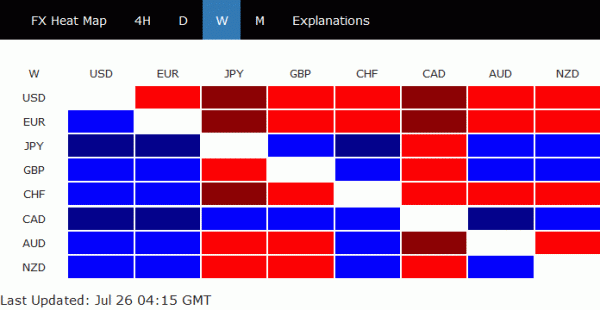
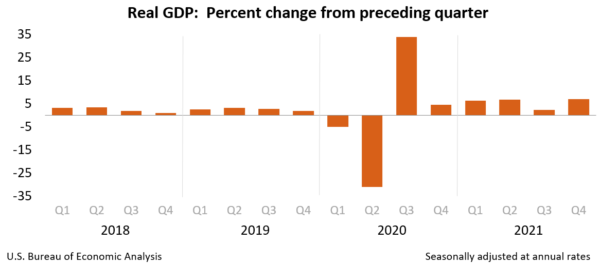
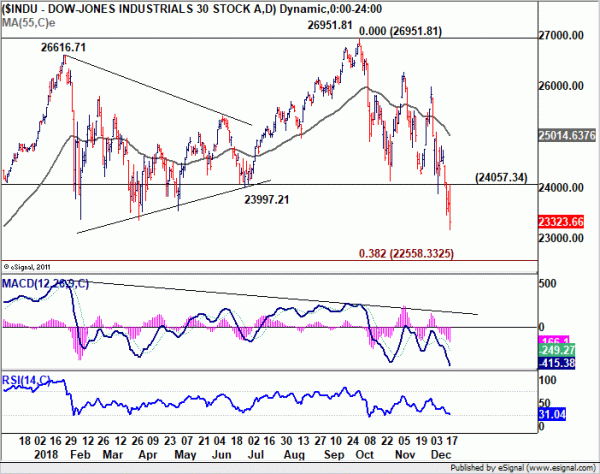
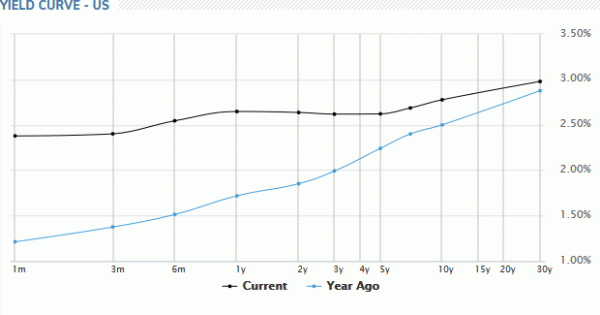
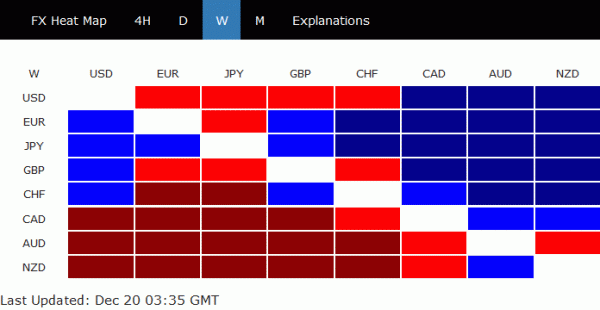

Mid-US update: Sterling stays up after fake Brexit news volatility
Sterling had a wild wide today. It’s firstly lifted by a Bloomberg report that Germany and UK dropped key Brexit demand, paving the way for a deal. But then, the Pound was knocked down after a German government spokesman said that the stance was not changed. After all the volatility, the Pound is trading as the second strongest one for the day so far, next to Kiwi and better than Euro. Euro is clearly supported by sharply narrowed Italian-German yield spread. Italian politician’s promise for not blowing up the public account was well taken by investors.
On the other hand, Dollar is trading as the weakest one for today after yesterday’s rally attempt failed. Canadian Dollar followed as the second weakest. BoC’s standing pat was widely expected. The statement showed much confidence in policymakers and BoC is still on track for an October hike. But the Loonie is troubled by the deadlock in trade negotiation with the US. Yen got little support from risk aversion and is trading as third weakest. Rebound in German yield is a factor contributing to Yen’s sluggishness.
In other markets, US stocks are rather steady. DOW is up 0.04% at the time of writing, S&P 500 down -0.37% and NASDAQ down -1.06%. That’s nothing comparing to -1.0% fall in FTSE, -1.39% in DAX and -1.54% in CAC.